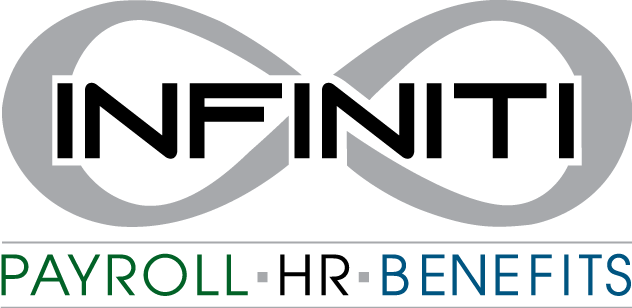With some states and cities starting to ease restrictions and reopen (either gradually or quickly), business owners will need to make decisions in the coming weeks and months. The questions keeping some of you up at night may be:
- Even if I CAN reopen, should I? What changes will I need to make to processes and procedures, as well as to the workspace itself?
- How many employees can I safely bring back?
- Should I allow any employees to continue to work from home? Which ones?
- What if employees don’t feel comfortable coming back?
While it is an understandable urge to want to get things up and running, workplace safety will be paramount.
When considering whether a workplace is ready to re-open, there are a few factors in play:
- Cleaning & Disinfecting – guidance from OSHA and the CDC is available on appropriate ongoing cleaning and disinfecting practices that should be employed. Special considerations should be taken for shared surfaces, rooms and spaces, as well as items used every day even by the same person (tools, laptops, drawers, chairs, utensils.)
- Configuration – spacing will be key to maintain social distancing guidelines of six feet wherever necessary, not only between employees, but between employees and customers, and between customers themselves.
- Processes – what changes might need to be made to current processes and procedures to minimize multiple points of contact/touch points?
- Policies – ensure you have up-to-date policies regarding what employees should do if they fall ill, or become exposed to someone who is ill, as well as general safety policies and procedures on mitigating the risk of the spread of infection. Appropriate screening is of particular concern. Per the EEOC: “As public health authorities and doctors learn more about COVID-19, they may expand the list of associated symptoms. Employers should rely on the CDC, other public health authorities, and reputable medical sources for guidance on emerging symptoms associated with the disease.” NOT keeping up with current guidelines can run employers into trouble with ADA and other non-discrimination laws. Employers concerned about violating the ADA and other regulations can reference EEOC guidelines here. A recent webinar from the EEOC provided some examples on what employers can ask at this time.
Great, the workplace is handled. Now let’s get on with bringing back the employees.
Many employees will be thrilled to get back to work but there are some questions and possibilities to think about:
- How many – how many employees will be needed to staff a ramp-up in service while safely maintaining distance? Will more rotations be necessary? Staggered shifts? Check with your benefits broker to see how returning from a furlough on a part-time basis would affect benefit coverage.
- Remote workers – allowing some workers to continue to work from home a bit longer where it makes sense could help with limiting numbers (and mitigating risk) in the workplace. (Be sure to base those decisions on work-related factors so they are not unintentionally discriminatory.)
- Concerns – some employees who are currently furloughed would like to return to but have concerns about doing so. Communication will be key in reassuring them that you are taking appropriate measures to mitigate risk and ensure their safety. Being prepared with clear expectations and related training will also help to maintain your employees’ trust.
- Reluctance – with unemployment benefits being larger than usual, some employees may be slow to get on board with a return to lesser pay. Consider raising hourly workers’ pay temporarily if feasible or a bonus structure and it may encourage a few more employees to return.
- If an employee refuses available work, it may change their unemployment eligibility. A written record of formal return-to-work communications and employee refusals (as well as any safety measures you have put in place) may assist in fighting a wrongful termination claim.
- Obligations – remember that many employees may have children who are home as a result of school closures and could be their only caregivers. Others may have family members that they are taking care of who are ill due to COVID-19 complications. Rehiring some positions may be necessary if your any of your employees are unable to return full time.
- Please review your obligations as an employer in terms of Emergency Paid Sick Leave and amended FMLA as per the Families First Coronavirus Response Act, as well as individual state and local ordinances, to ensure situations are handled appropriately.
Re-opening businesses will more than likely be a learning process for the majority of owners and managers – as well as your employees! As many parts of the country are still weeks or months away, it may be the perfect time to start formulating a game plan and weighing options to get back up and running.
Click the link to view the recent blog: Attracting and Retaining Talent or check back for more on human resources, payroll, insurance, and benefits.
This article does not constitute legal advice and there are subtle variations in employment law as it pertains to this topic, depending on where your business operates. It is strongly suggested that you seek consultation or legal counsel before making decisions about policies.






